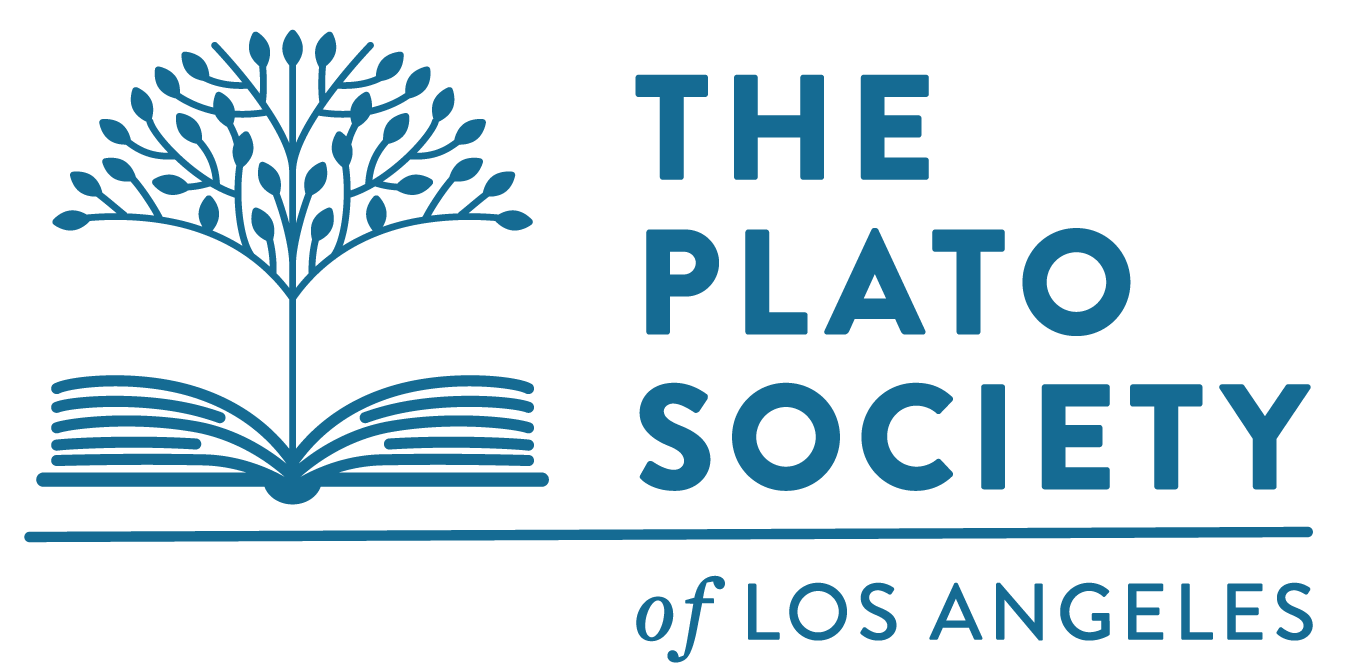Description
Literature provides some brilliant examples of what's in store when the honeymoon is over. Being a newlywed is fun for those involved, but a marriage only really becomes interesting to others when it starts to unravel. There is perverse beauty in marital breakdown, and writers who show us this, from Flaubert to Updike, are worth celebrating. But then again, there are some good marriages that last a lifetime. In this SDG, we will read about both kinds.
Marriage is a template for living together and procreating that has been implanted in us by the Bible, by history, by literature, by custom. The traditional family, with the male as the breadwinner, and the female staying home, now comprises less than one quarter of U.S. households. Yet, we still subscribe to the fairy tale of it – all those white weddings – and give it tax breaks. Lesbians and gays subscribe to it as enthusiastically as heterosexuals. Most of us hunger for monogamy, even as we yearn for its opposite. What is this ideal so many of us feel we must live? Surely only fiction can tell.
Weekly Topics
In Madame Bovary (1856)[first half] by Gustave Flaubert, we find that what really distinguishes an ordinarily bad marriage from a truly terrible one is the lengths to which those involved are willing to go in their unhappiness. Emma Bovary's response includes two affairs, bankruptcy and suicide. Of course, being married to Charles Bovary might tempt anyone to knock back the arsenic – he is one of literature's most boring husbands.
Madame Bovary [second half]
In Edith Wharton's House of Mirth (1905) marriage is a business. The protagonist sees marriage as the means to achieve a certain social status by the acquisition of money and as a means of acquiring or merging fortunes. Pages 1-185 .
House of Mirth, continues Pages186-317 .
Mrs. Bridge (1959) [first half], by Evan S. Connell explores the world of the 1920s to the 1940s of a conventional couple trying to live with both social expectations and the handling of of three difficult children but seemingly incapable of handling either.
Mrs. Bridge [second half].
Mr. Bridge by Evan S. Connell
Richard Yates’ Revolutionary Road [first half] (1962), a novel of 1950s suburban malaise is almost a horror story, presenting a bleak portrait of mid-century American life as one where dreams go to die.
Revolutionary Road [second half]
The God of Small Things (1996) [first half] by Arundhati Roy is filled with broken marriages, but the worst is between Ammu and Baba, whose marriage of convenience takes a dark turn. Pages -
The God of Small Things, [second half]
The beginning, the middle, the end of a marriage plus a new beginning in short stories: 1) Here We Are by Dorothy Parker https://www.lmtsd.org/lib/PAO1000427/Centricity/Domain/174HereWeAre-DorothyParker.pdf Bliss by Katherine Mansfield http://www.Katherinemansfieldsociety.org/assets/KM-stories/BLISS1918.pdf
More short stories: 3) Separating by John Updike http://travellerlevin.pixnet.net/blog/post/352924064-separating-by-johnn-updike and 4) The Other Wife by Collette http://www.101bananas.com/library2/otherwife.html
Gay and Lesbian couples embarking upon marriage today will find few examples in literature to guide their way. There were many famous homosexual writers, but while homosexual acts were illegal, they could not write explicitly about homosexual love without facing prosecution for obscenity and certainly could not depict homosexual marriage until quite recently. So we will read Andre Aciman’s Call Me ByYour Name (2007) which depicts an affair between two men and is one of the most moving depictions of obsessive passion in recent writing.
Bibliography
The listed novels and short stories




